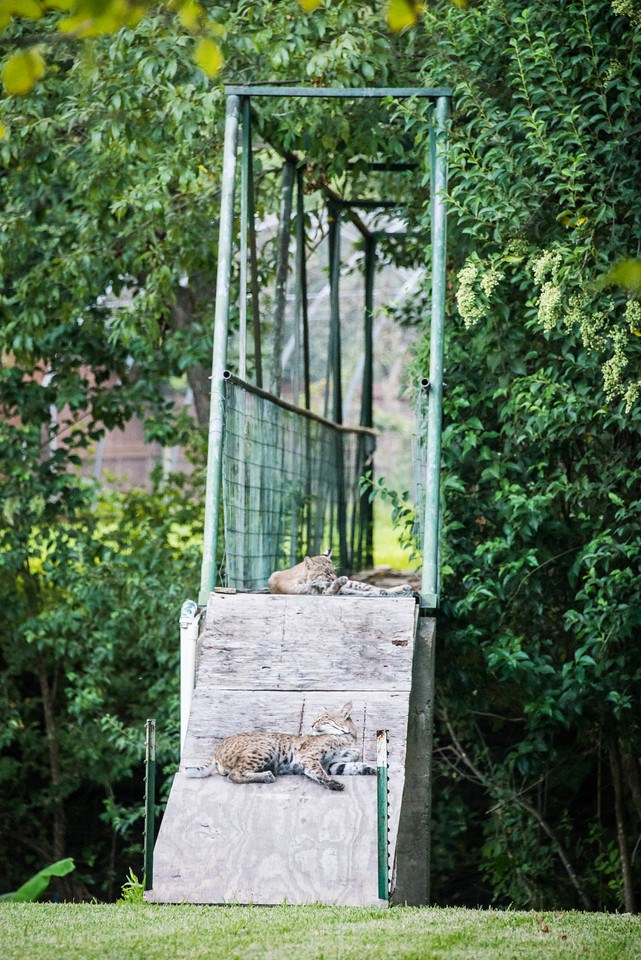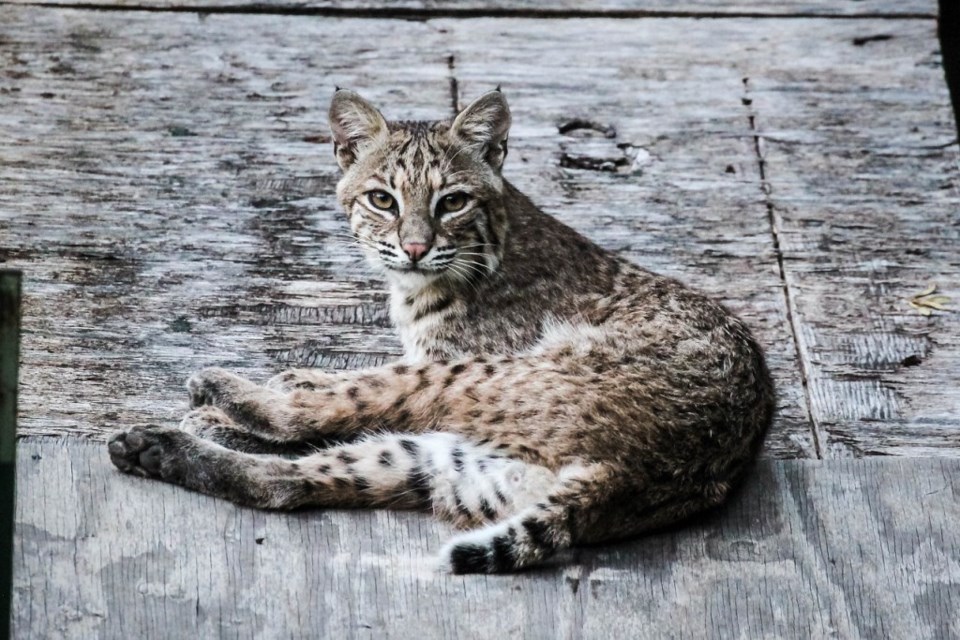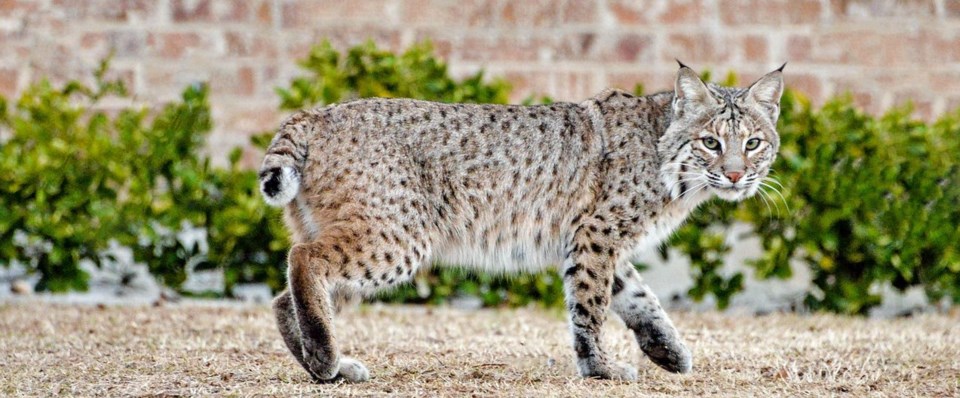There is hardly a specimen of suburban wildlife as beautiful as the bobcat. Adored for their exotic look, their feline beauty and cunning prowl, it is exactly these characteristics that make them oft the object of terror—feared by parents and small house pets, alike.

With their spotted coats and wild appearance, the bobcat can be an intimidating neighbor for most residents to befriend. Despite common misconceptions, however, the Texas bobcat’s diet consists largely of rodents, squirrels and small birds. They are not likely to eat a large family dog or cat, but a bobcat may jump on the opportunity to attack a small animal, particularly a chicken. Urban farmers, beware!
Leaving food out for your pets overnight attracts bobcats to your yard. It is best to feed pets indoors or to pick up their food at dusk, so that wild animals are not tempted.
The bobcat fits into the suburban environment with ease as their small size and coloring give them more stealth and protection than larger wild cats. Slipping behind the smallest shrub, a bobcat can disappear completely from view. They also blend surprisingly well with brick. It would take a trained eye to spot a bobcat from the street, even if only a few feet away. The shy nature of the bobcat makes encounters with humans rare. A bobcat may be living in your area and you may never notice; scratches on tree trunks where the cat sharpens its claws are a tell-tale sign.
Although their size may be intimidating—they’re twice the size of domestic cats—they tend to keep to themselves and rarely make their presence known.
So why does it sometime feel like there are a surge in bobcat sightings? While bobcats are typically crepuscular—meaning they are most active at twilight—during the winter months, their behaviour becomes more diurnal, as they make an appearance in the daylight hours in response to the activity of their prey. Meanwhile, daylight activity peaks from January to March during mating season. Remember, the bobcat does not have aggressive tendencies, so the presence of potential mates will do nothing more than increase their visibility for a short time.
If you see one of these majestic cats in your neighborhood, go ahead and take any small pets inside, but then pause and take a moment to appreciate the beauty of the bobcat.

Did you know? 5 things that may surprise you about the bobcat
- The bobcat is named after its characteristic black-tipped, stubby tail.
- She is a type of Lynx.
- There are 13 different subspecies of bobcats which all are native to the US with the exception of the L. r. oaxacensis, only found in Oaxaca, Mexico.
- They can swim, although they normally avoid water.
- A Shawnee folktale explains how the bobcat got his spots: After trapping the rabbit in a tree, the bobcat is persuaded to build a fire, only to have the embers scattered on its fur, leaving it singed with dark brown spots.




